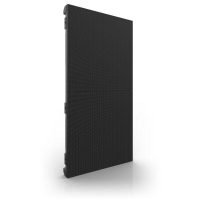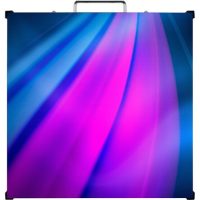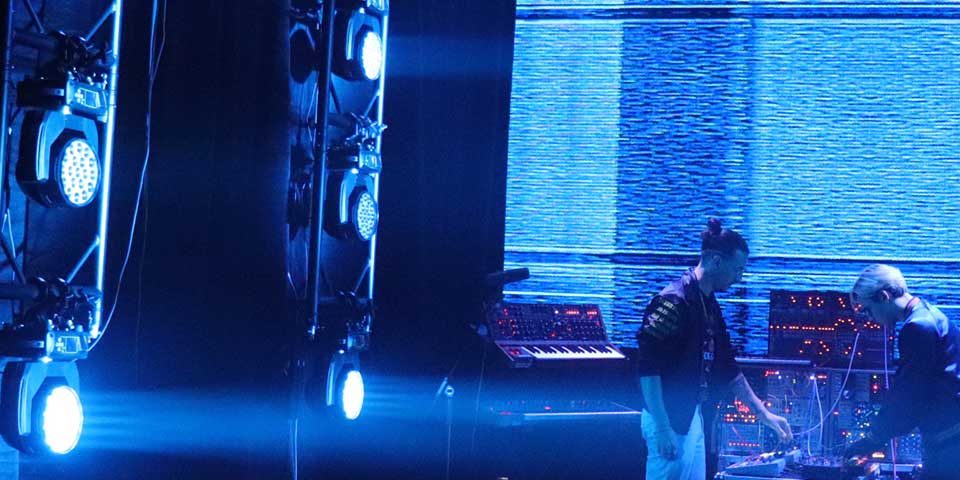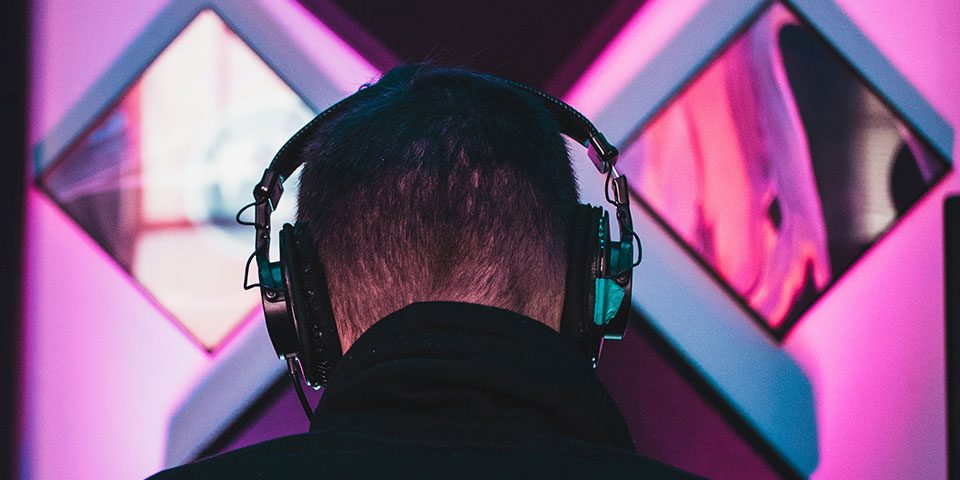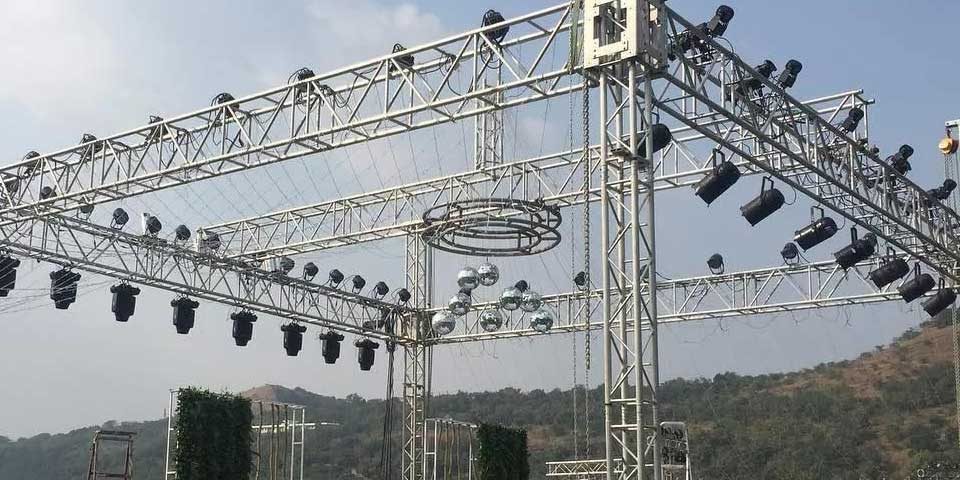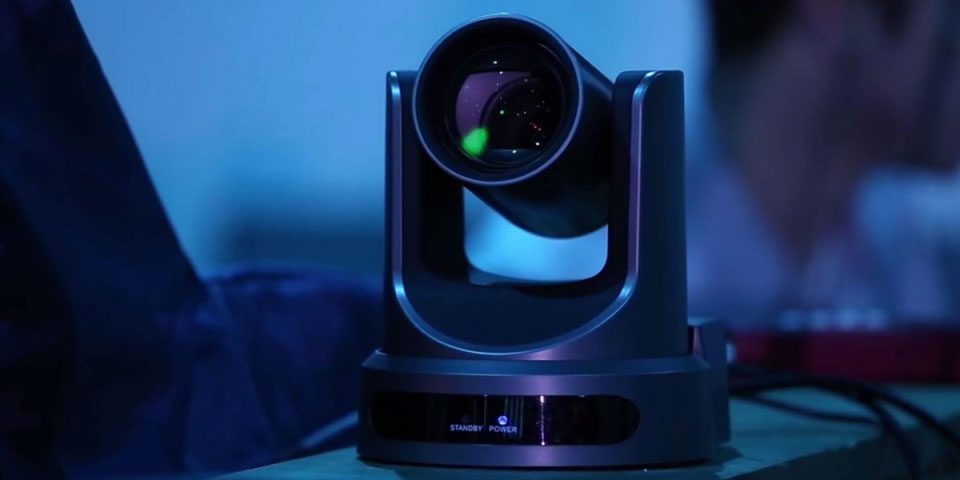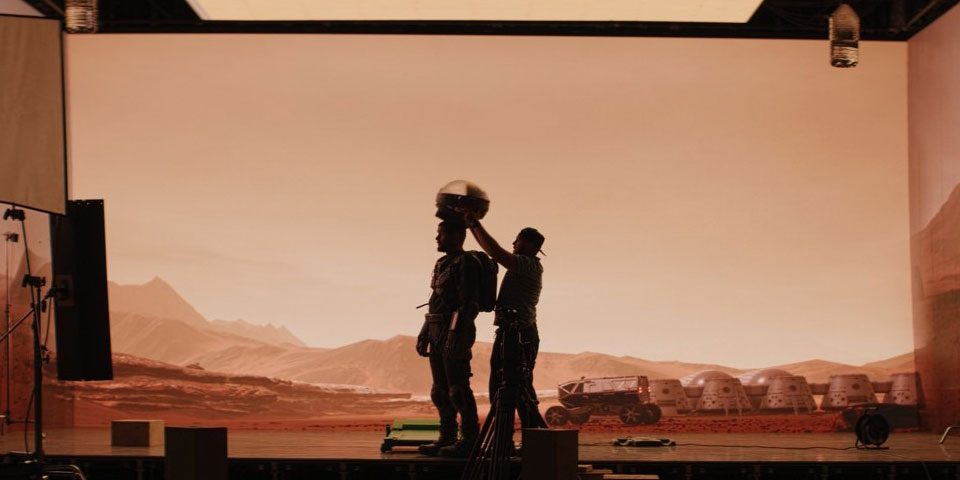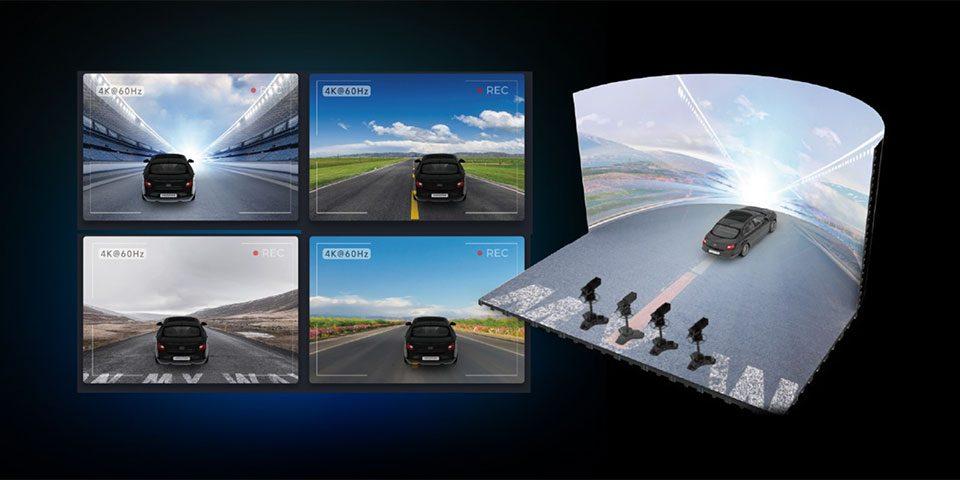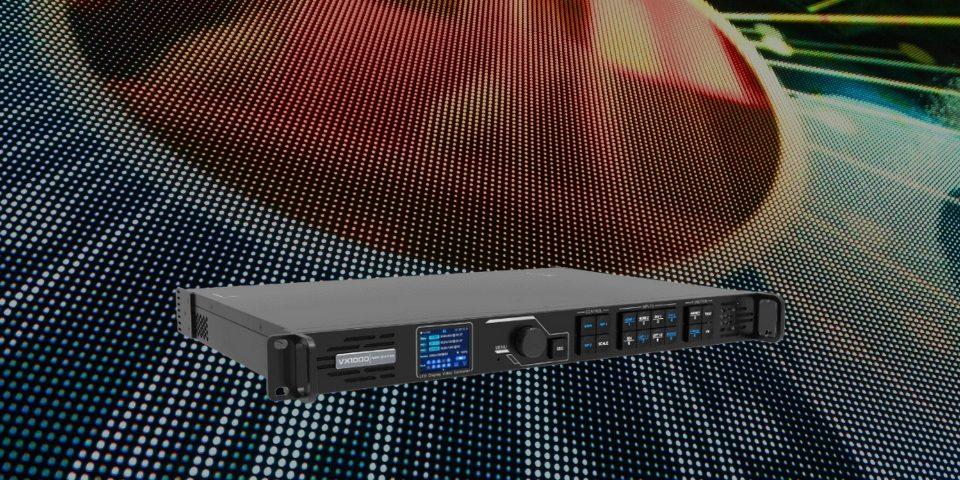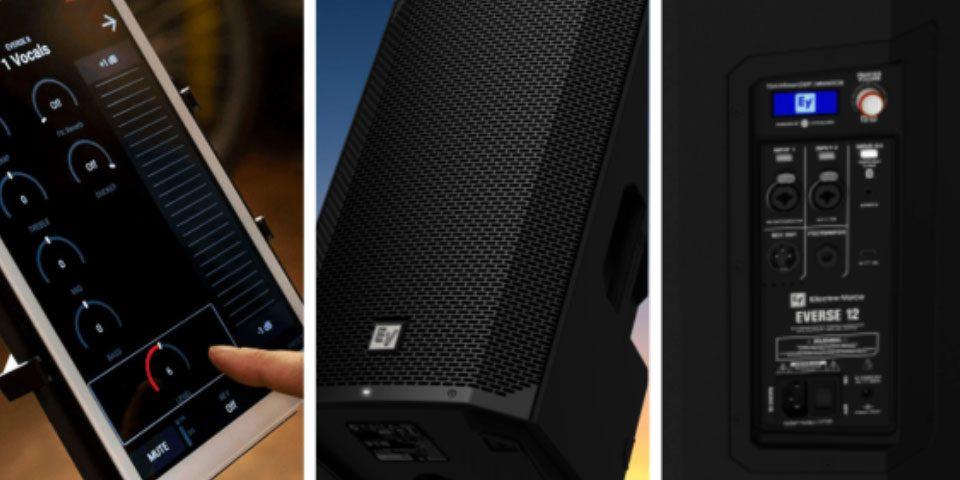
From Green Screen to Supreme Screen: The NovaStar CX Series

WHAT IS A PTZ CAMERA AND WHO IS MISSING OUT ON IT?

From Green Screen to Supreme Screen: The NovaStar CX Series

WHAT IS A PTZ CAMERA AND WHO IS MISSING OUT ON IT?
Virtual Production LED Wall: What Makes it XR?
In modern filmmaking and content creation, virtual production LED wall technology is a game-changer. Imagine stepping onto a set where your background isn't static or limited by green screens but is instead a dynamic, immersive environment. That's the power of virtual production LED walls, especially when we dive into Extended Reality (XR). In this article, we'll unravel the magic behind these LED walls and explore why they're pivotal in XR applications. Let's dive in and uncover the essence of virtual production LED wall setups and their transformative impact on film studios and the art of visual storytelling.
Welcome to the future of filmmaking, where the virtual production LED wall isn't just a piece of tech but a doorway to endless creative possibilities. Remember the days of green screens? They're taking a back seat now. These LED walls are changing how directors, producers, and cinematographers bring their visions to life, offering a canvas for augmented reality (AR), virtual environments, and beyond.
Understanding XR and Virtual Production
What's XR, and Why Does It Matter?
XR stands for Extended Reality, an umbrella term covering Virtual Reality (VR), Augmented Reality (AR), and Mixed Reality (MR). It's the secret sauce adding depth to the digital worlds we create. Picture this: filming a scene where your actors interact with elements that aren't there—or so you thought. With XR and virtual production, they're not just acting; they're reacting to a world built around them in real-time.
Virtual Production Meets XR
Think of a scene that's set on Mars. Traditionally, it's a logistical nightmare. Enter virtual production. Using LED wall panels and the magic of real-time rendering, we're not just imagining Mars; we're standing on it, or at least it feels that way. This blend of LED technology and XR is a storyteller's dream, turning impossible visions into on-screen reality.
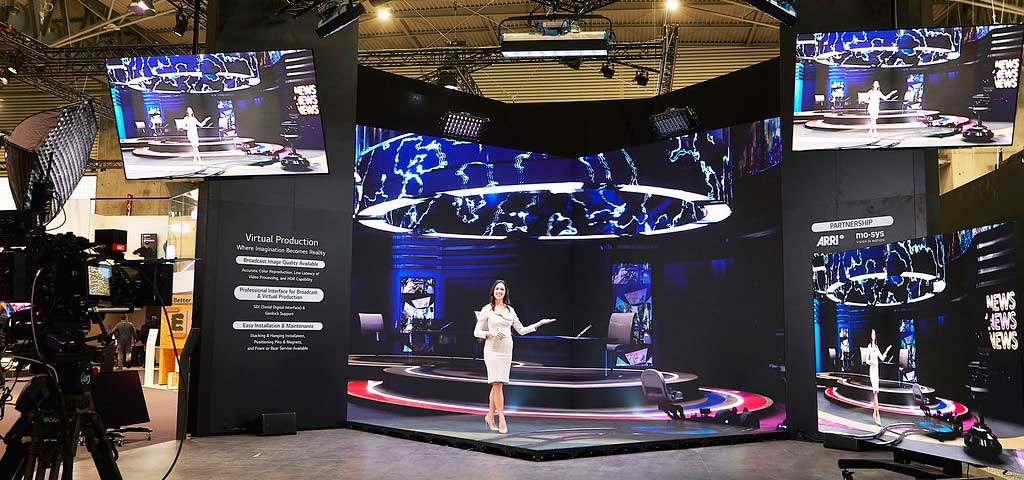
The Technology Behind XR LED Walls
Specs That Make the Magic Happen
Let's geek out for a second. The effectiveness of an XR LED wall boils down to pixel pitch, resolution, and refresh rates. These aren't just numbers; they're what make an LED background indistinguishable from real-life settings on camera. Lower pixel pitch? Sharper images. High refresh rate? Goodbye, flickering during shoots.
Real-time Rendering: The Real Hero
Imagine changing your scene's lighting or background with a few clicks. That's real-time rendering for you. It's like playing a video game where you control the environment, except this time, it's for your film or TV show. This tech allows for adjustments on the fly, making LED video walls not just backdrops but interactive elements of storytelling.
Advantages of Using XR LED Walls in Production
Beyond Just Looks
The perks of using XR LED walls stretch from enhancing performances to slashing production costs. Say goodbye to the days of expensive, time-consuming location shoots. Need to film in a bustling city or a tranquil countryside? It's all there, in the studio, saving you time, money, and hassle.
Actors Love It, Too
Ever watched behind-the-scenes footage where actors perform to a green screen? It's challenging. Now, they're acting in full-blown environments, thanks to LED wall panels. This not only boosts their performance but also the authenticity of their emotions and reactions, elevating the overall quality of the production.
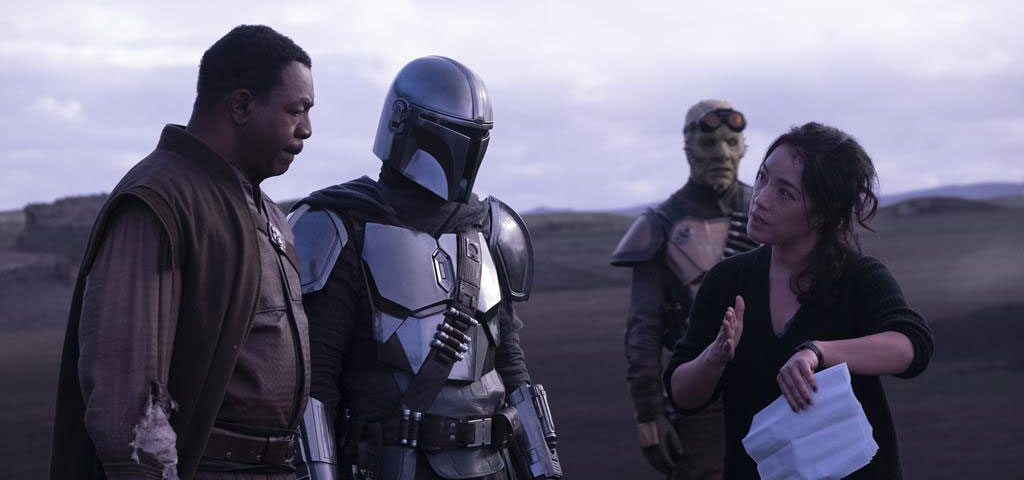
Implementing XR LED Walls in Your Production
Getting Technical
Incorporating an XR LED wall into your project might seem daunting, but it's all about the setup. Choosing the right LED panels, understanding the nuances of camera tracking, and syncing it with rendering software are your first steps. It's a bit like setting up the ultimate home theater system—complex but rewarding. The following is what an LED video panel needs to have for XR:
1. Resolution
Pixel Pitch: The distance between the centers of two adjacent pixels, measured in millimeters. Lower values indicate higher resolution, with pixel pitches as low as 1mm (or even lower) for fine detail.
Overall Resolution: The total number of pixels on the screen, often aiming for 4K, 8K, or higher to provide crisp images for close-up shots and detailed virtual scenes.
2. Brightness and Contrast
Brightness: LED walls for XR need to be exceptionally bright to match or exceed ambient lighting conditions, typically ranging from 1,000 to 5,000 nits or more.
Contrast Ratio: High contrast ratios are crucial for deep blacks and vibrant colors, enhancing the realism of virtual environments.
3. Color Accuracy and Gamut
Color Reproduction: Accurate color representation is vital, with systems often supporting wide color gamuts like DCI-P3 or Rec. 2020 to produce a broad spectrum of colors.
Calibration: Regular calibration ensures color accuracy and uniformity across the entire LED wall, essential for blending real and virtual elements seamlessly.
4. Refresh Rate
High refresh rates, often exceeding 120Hz, ensure smooth motion in video content and interactions within virtual environments, reducing motion blur and flicker.
5. Viewing Angle
Wide viewing angles are preferred to ensure the content looks consistent and color-accurate from different perspectives, enhancing the immersive experience.
6. Modularity and Scalability
LED panels are modular, allowing for custom configurations to fit various studio sizes and shapes. This scalability is crucial for creating immersive environments of different dimensions.
7. Latency
Low latency is essential for real-time interaction between actors and virtual environments, ensuring that movements and changes in the scene appear instantaneous.
8. Software Integration
Compatibility with virtual production software and real-time graphics engines (like Unreal Engine or Unity) for creating and manipulating virtual environments in sync with physical camera movements.
9. Durability and Reliability
Designed for long-term use, with robust construction to withstand the rigors of production environments. Features may include front and rear serviceability for easy maintenance.
10. Environmental Adaptation
Capable of operating under various lighting conditions, including adjustments for indoor and outdoor use, with features to minimize reflections and glare.
And What Are Those Features to Minimize Reflections & Glare?
1. Anti-Reflective Coatings
Surface Treatments: LED panels are often treated with anti-reflective coatings that minimize the amount of light that bounces off the surface of the screen. These coatings are designed to reduce glare significantly, especially important in environments with complex lighting setups.
2. Matte Finishes
Surface Texture: Beyond coatings, the physical texture of the LED panels plays a crucial role. Panels with a matte finish scatter light in various directions rather than reflecting it directly back. This effectively reduces the intensity of any reflected light, making the screen appear more uniform and less distracting under diverse lighting conditions.
3. Black Surface LED Technology
Darker LEDs: Some advanced LED panels utilize LEDs with black surfaces rather than the traditional silver or gray. These black LEDs absorb more light, reducing the amount of light reflected off the panel and enhancing the contrast ratio of the display. This technology contributes to deeper blacks and more vibrant colors, with the added benefit of less reflected light.
4. Screen Geometry
Curved Panels: The use of curved LED panels can also help manage reflections. By adjusting the curvature of the panels, reflections can be directed away from the audience or critical cameras. This approach is beneficial in controlled environments where the primary viewing angles and light sources are known.
5. Strategic Lighting Design
Light Placement and Direction: In XR and virtual production, the placement and direction of lighting are carefully planned to minimize reflections on the LED walls. This often involves positioning lights in such a way that they don't directly reflect off the screen surfaces into the camera. Diffused lighting and polarized light sources can also help in reducing glare.
6. Polarizing Filters
Camera Filters: For additional control over reflections, cameras can be equipped with polarizing filters. These filters can be adjusted to block reflected light from the LED walls entering the camera lens, further reducing glare without affecting the overall lighting of the scene.
Case Studies and Success Stories
Big Names, Bigger Achievements
Hollywood blockbusters and acclaimed TV series have already proven the value of virtual production and XR LED walls. "The Mandalorian" is a prime example, creating worlds that feel as vast and real as the stories they tell. These case studies aren't just success stories; they're proof of concept for the rest of us.
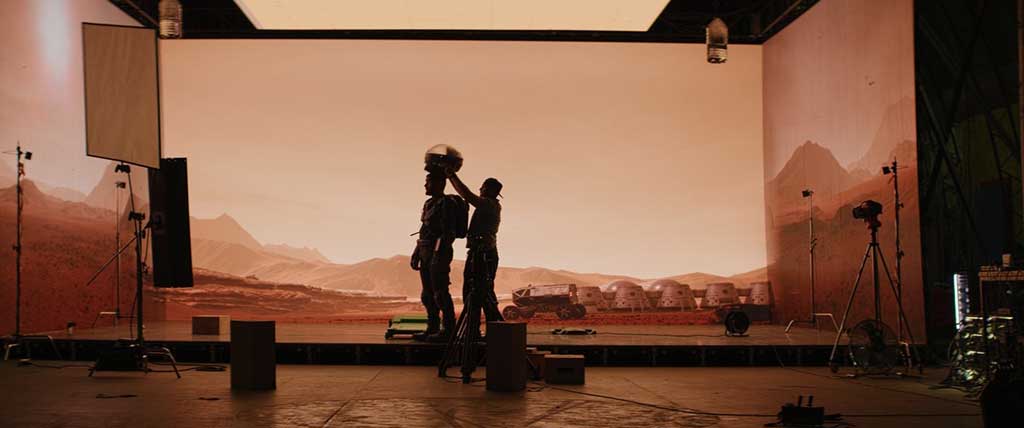
The Future of XR in Filmmaking
The potential for XR and virtual production LED technology is just beginning to unfold. We're looking at a future where the lines between digital and physical realms blur, offering filmmakers and content creators an unparalleled canvas. The evolution of LED panels and augmented reality techniques will continue to push the boundaries of what's possible in storytelling.
The impact of virtual production LED wall technology and XR on the film and television industry cannot be understated. It's not just a step forward; it's a leap into a new era of creativity and innovation. For filmmakers and production professionals, the message is clear: the future is here, and it's brighter, more colorful, and infinitely more imaginative than we ever dreamed.


